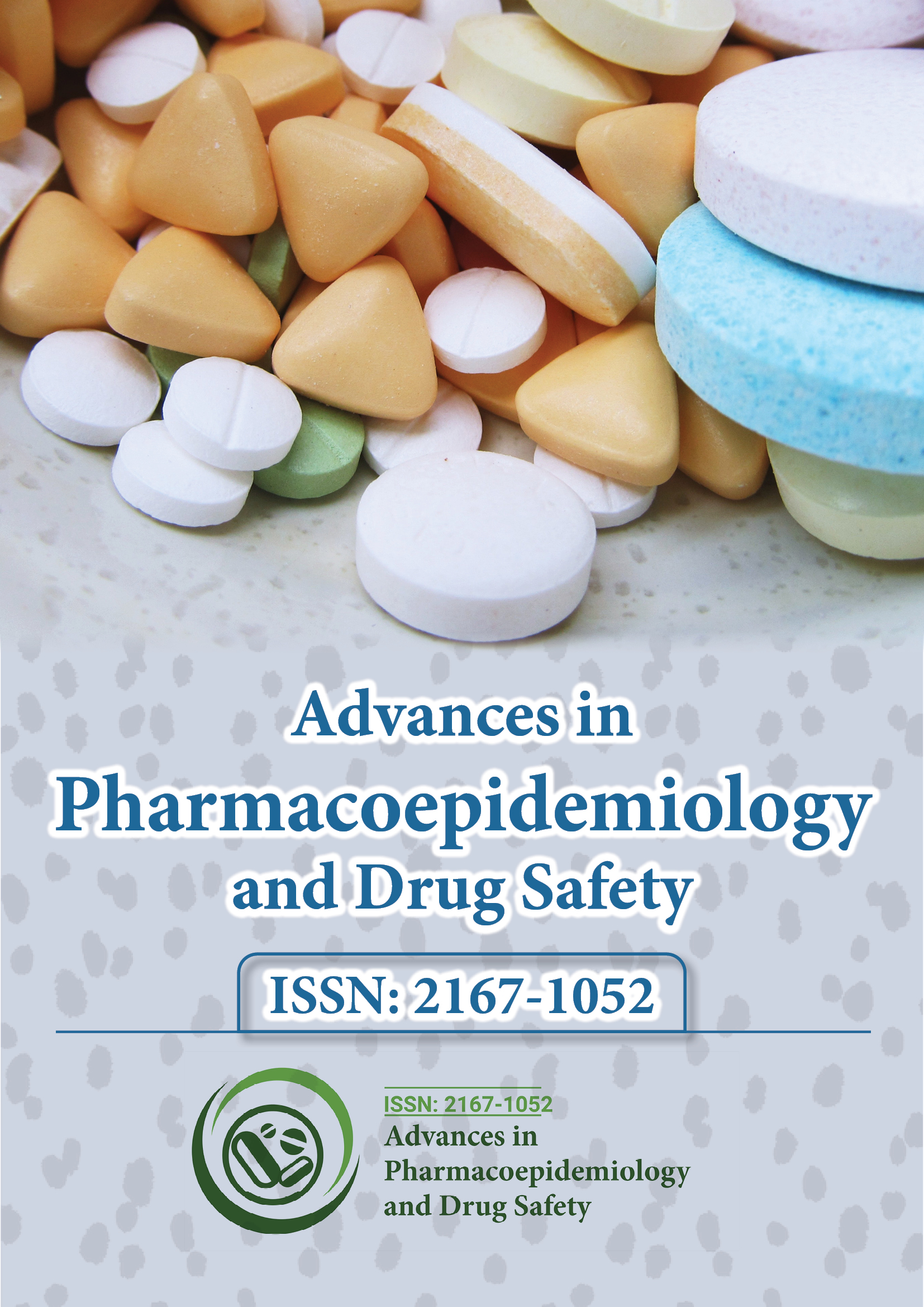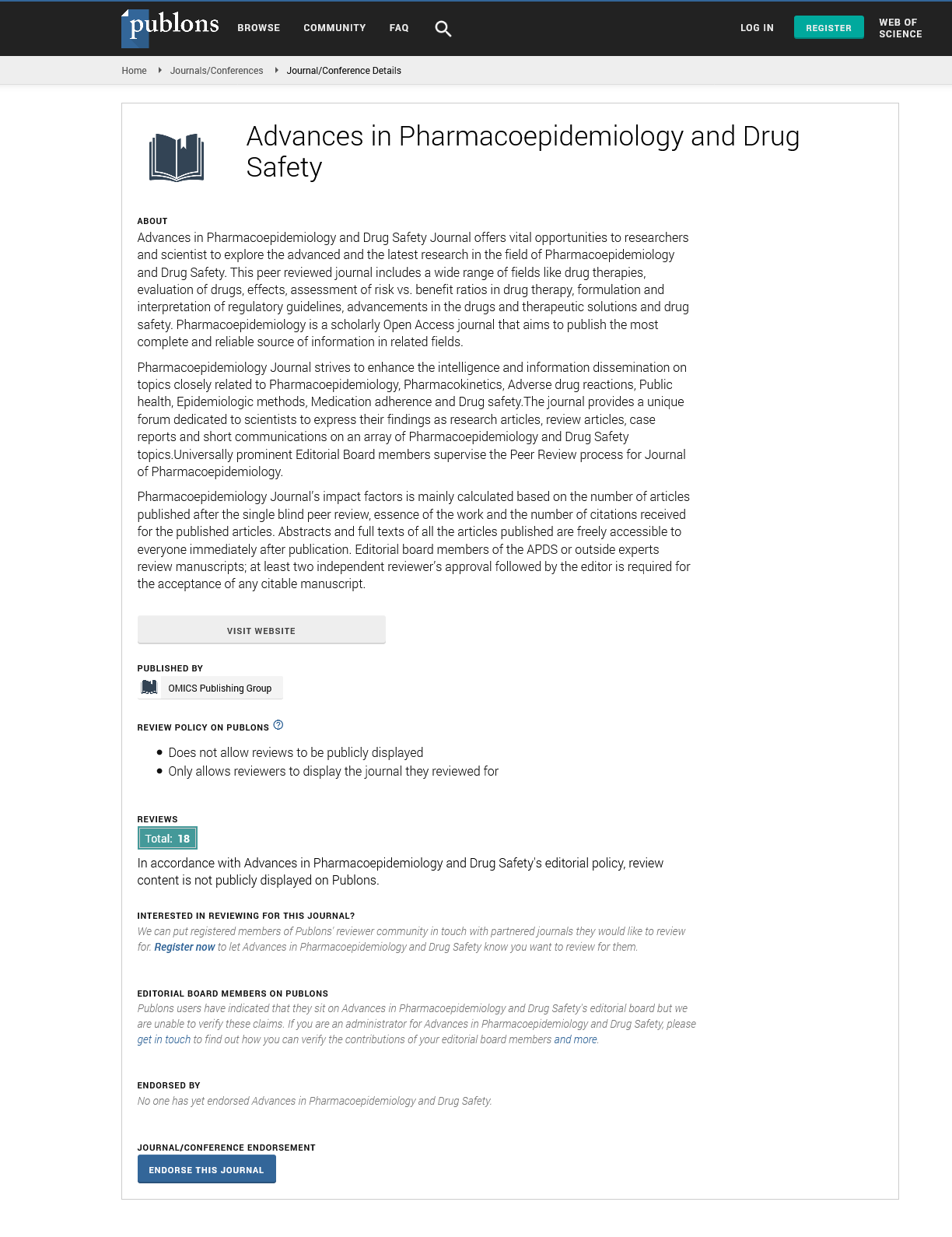Indexed In
- Open J Gate
- Genamics JournalSeek
- Academic Keys
- JournalTOCs
- RefSeek
- Hamdard University
- EBSCO A-Z
- SWB online catalog
- Publons
- Geneva Foundation for Medical Education and Research
- Euro Pub
- Google Scholar
Useful Links
Share This Page
Journal Flyer

Open Access Journals
- Agri and Aquaculture
- Biochemistry
- Bioinformatics & Systems Biology
- Business & Management
- Chemistry
- Clinical Sciences
- Engineering
- Food & Nutrition
- General Science
- Genetics & Molecular Biology
- Immunology & Microbiology
- Medical Sciences
- Neuroscience & Psychology
- Nursing & Health Care
- Pharmaceutical Sciences
Abstract
Estrogen Agonist Induced Effects on Platelet Activation Properties and Platelet Signaling Pathways by Structural Class
Verônica Mendes Soares*, Amanda Mendes da Fonseca, Otávio da Fonseca3, Moisés Seabra, Daniela Maria Alves Moreira Ramos, Lorena Thayla Nascimento, Francisco das Chagas Alves Lima
Background: The objective of this study is to identify the electronic structures of Platelet Receptors (RP) and the amino acid residues of the interaction of these receptors with estradiol and isoflavones through molecular anchoring involved in vascular thrombosis, directing investigations into their future clinical applicability.
Method: In an online database, G protein-coupled platelet receptors and tyrosine kinases involved in the coagulation process were identified. Bioinformatics tools (molecular anchoring) were used to characterize the interaction between each interaction site and bioactives (estradiol and isoflavones) in pre-clinical studies, evaluating the affinity between ligands and receptors.
Results: The molecular anchoring findings indicated that estradiol and isoflavones had good interaction with the receptors, revealing a risk of vascular thrombosis. Interestingly, estradiol showed interaction with both activating and inhibiting receptors in the platelet activation process and can be used as a pharmacological target.
Conclusion: In bioinformatics analysis, the platelet sites of the therapeutic mechanisms of estradiol and isoflavones were identified individually, as well as the intensity of each interaction that can be used in the production or modification of drugs to reduce the risk of vascular thrombosis in the treatment of menopausal symptoms.
Published Date: 2025-06-25; Received Date: 2024-08-08

